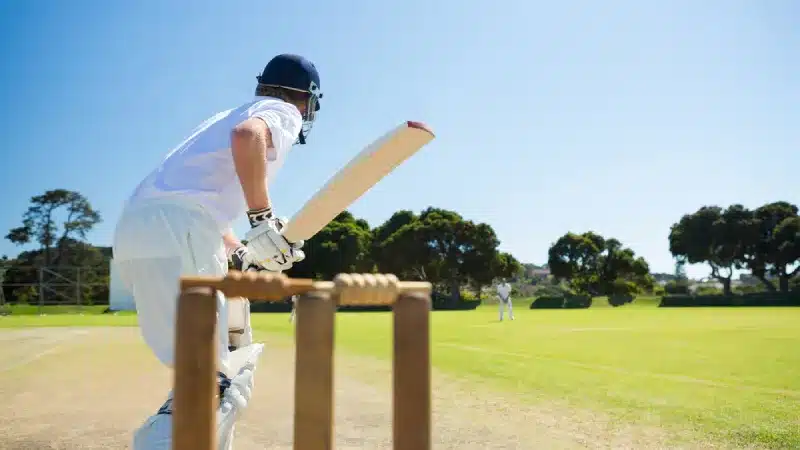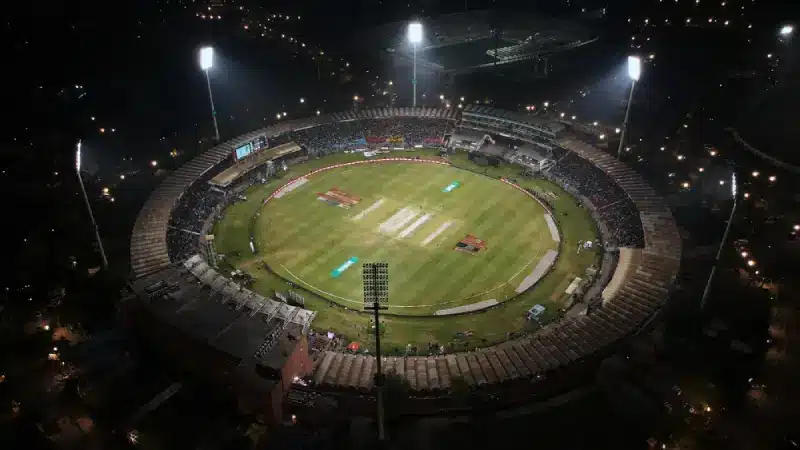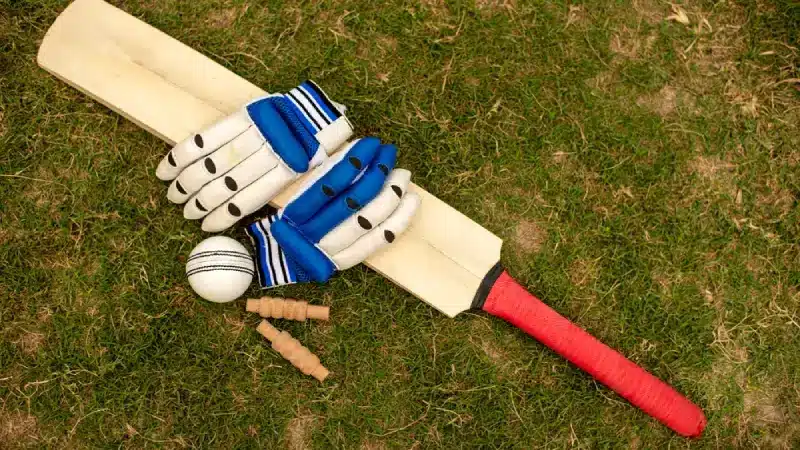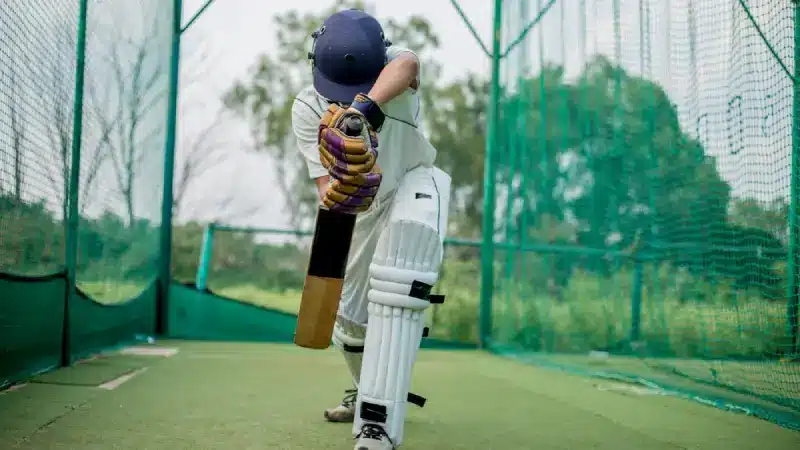
In cricket, every run often plays a major role in deciding the outcome of a match.
With the advent of T20 cricket, every delivery could be the difference between winning and losing.
The modern day batters often shuffle across the crease to disrupt the line and length of a bowler. To combat this, the bowlers practice for hours before a match to get their line and lengths right.
Especially in limited-overs cricket, batters are always looking to accelerate in order to score quick runs.
While the bowlers often succeed, they could sometimes err in their line and length leading to a wide bowl.
A wide ball in cricket refers to an illegal delivery that is adjudged by the umpire on the field.
As a consequence of such an illegal delivery, the opposition team is awarded an extra run and with the bowler having to re-bowl the delivery in white-ball cricket. So, what are the wide ball rules in cricket?
Wide ball rules in cricket
Wide ball rules in cricket are covered by Law 22 of the Marylebone Cricket Club (MCC) laws. The MCC laws states the following:
Law 22.1.1 If the bowler bowls a ball, not being a No ball, the umpire shall adjudge it a Wide if, according to the definition in 22.1.2, the ball passes wide of where the striker is standing or has stood at any point after the ball came into play for that delivery, and which also would have passed wide of the striker standing in a normal batting position.
Law 22.1.2 The ball will be considered as passing wide of the striker unless it is sufficiently within reach for him/her to be able to hit it with the bat by means of a normal cricket stroke.
In October 2022, MCC changed the wide-ball rule to help bowlers with batters’ movement at the crease.
The new Code of Laws for wide balls stated, “In the modern game, batters are, more than ever, moving laterally around the crease before the ball is bowled. It was felt unfair that a delivery might be called ‘Wide’ if it passes where the batter had stood as the bowler entered his/her delivery stride.”
"Therefore, Law 22.1 has been amended so that a Wide will apply to where the batter is standing, where the striker has stood at any point since the bowler began their run-up, and which would also have passed wide of the striker in a normal batting position.”
With the new wide ball rules in place, it aims to make for a more level playing field for batter and bowlers, which without question is best for the game.
Photo credit: Alamy




















